Rainfall Patterns During Hurricanes
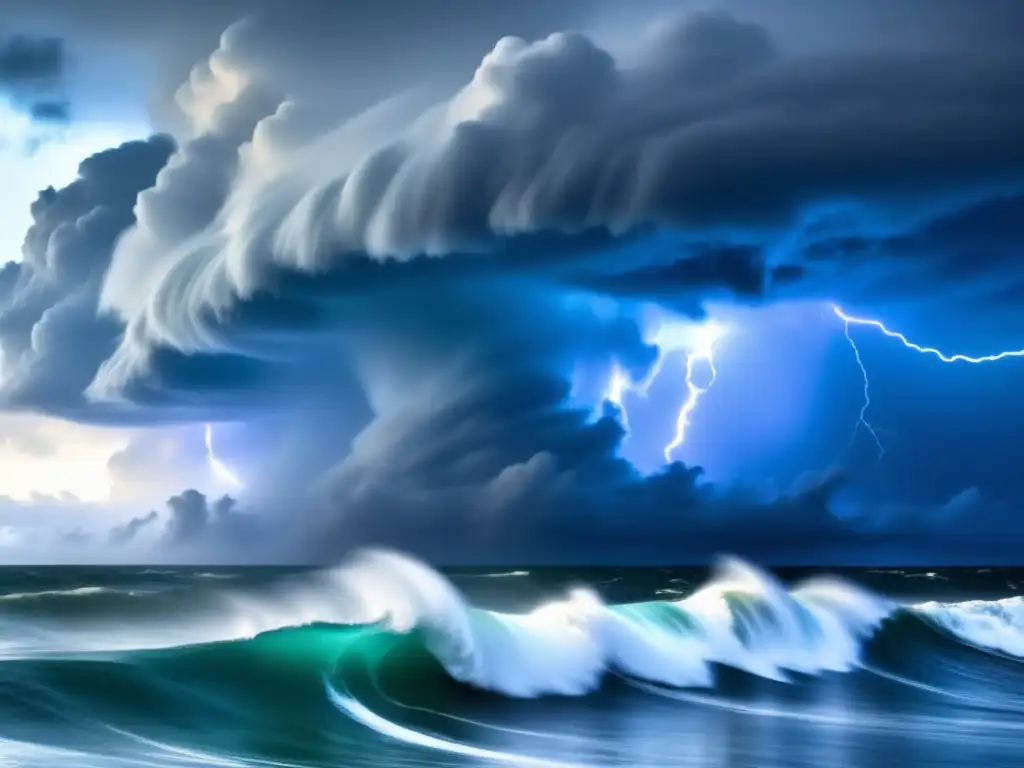
Rainfall Patterns During Hurricanes: Understanding the Impact on Communities
Introduction
When it comes to understanding hurricanes, rainfall patterns are a crucial component to comprehend. These intense storms can bring an overwhelming amount of rain that can result in devastating flooding and landslides. To prepare for the impact of hurricanes, it's important to be equipped with knowledge about rainfall patterns during these storms. In this article, we'll dive into what causes the heavy rainfall, how it impacts communities, and what preventative measures can be taken.
What Causes Heavy Rainfall During Hurricanes?

The Science Behind Heavy Rainfall
During a hurricane, the warm ocean waters provide a significant source of energy that fuels the storm. As the storm moves across the ocean, it draws in moisture from the surface, which then evaporates and rises into the atmosphere. This moisture-laden air condenses and forms clouds, which release massive amounts of rainfall as the storm progresses. The amount of rainfall during a hurricane depends on several factors, including the size and intensity of the storm, wind speed, and the local geography of the surrounding area.
The Role of Topography
Topography, or the physical features of the land, plays a significant role in the amount of rainfall produced by a hurricane. Areas with steep mountains or hillsides can act as barriers, forcing the moisture-laden air to rise and cool. This process increases the amount of rainfall in those areas and can lead to dangerous flash floods and landslides. Low-lying areas, on the other hand, are prone to flooding due to their proximity to rivers and oceans.
The Coriolis Effect
The earth's rotation influences the path of hurricanes and rainfall patterns by creating a phenomenon known as the Coriolis effect. The Coriolis effect causes the storm to spin in a counterclockwise direction in the Northern Hemisphere and clockwise in the Southern Hemisphere. This rotation can affect the distribution of rainfall, with heavily populated coastal regions often experiencing the most rainfall due to their proximity to the ocean.
The Impact of Heavy Rainfall on Communities

Flooding
Flooding is one of the most significant concerns during a hurricane, and heavy rainfall is a primary cause. When there is too much rain for the soil to absorb, water can quickly accumulate and flood roads, homes, and buildings. This flooding can lead to significant property damage and loss of life. In addition, floodwaters can be contaminated with sewage and toxic chemicals, creating additional health hazards.
Landslides
As mentioned earlier, areas with steep topography are particularly vulnerable to landslides during heavy rainfall. When water accumulates in the soil, it can reduce its stability and increase the risk of landslides. Landslides can destroy homes, block roads, and create hazardous conditions for emergency personnel responding to the disaster.
Economic Impact
The economic impact of heavy rainfall during hurricanes can be significant. Flooding and landslides can disrupt transportation and infrastructure, leading to costly repairs and economic losses. In addition, damaged homes and businesses may take months or even years to recover from, leading to lost wages, decreased property values, and economic instability.
Preventative Measures
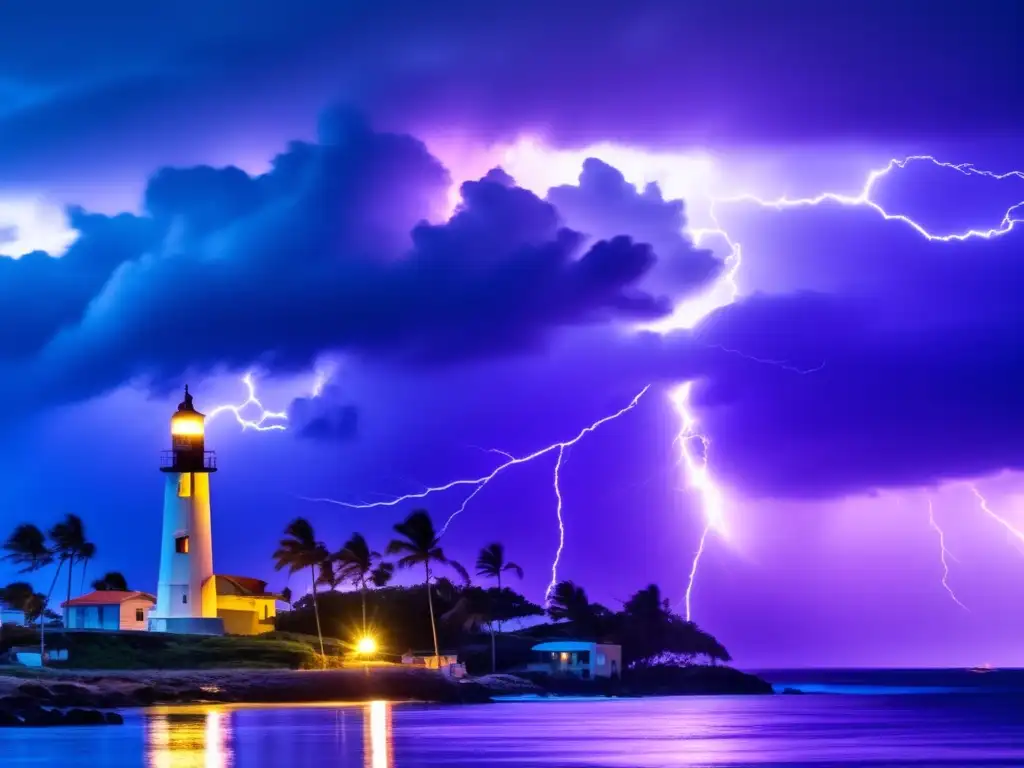
Preparing for the Storm
One of the best ways to prepare for heavy rainfall during a hurricane is to stay informed about the storm's path and projected rainfall levels. Local authorities will often issue evacuation orders or provide recommendations for sheltering in place. Being prepared with emergency supplies, such as food, water, and medical supplies, can also help mitigate the impact of heavy rainfall.
Protecting Your Home
Homeowners can take several steps to protect their property from heavy rainfall during a hurricane. These include installing flood barriers or sandbags, securing outdoor furniture and objects, and ensuring that drains and gutters are clear of debris. In areas prone to landslides, homeowners can consider landscaping with plants and trees that help stabilize the soil or building retaining walls on steep slopes.
Contributing to Climate Change Mitigation
Finally, it's worth noting that climate change is contributing to more intense storms and heavy rainfall patterns. One way communities can help mitigate the impact of hurricanes is to reduce greenhouse gas emissions by using public transportation, supporting renewable energy, and reducing waste. These actions can help slow the rate of climate change and lessen the intensity of future storms.
Frequently Asked Questions
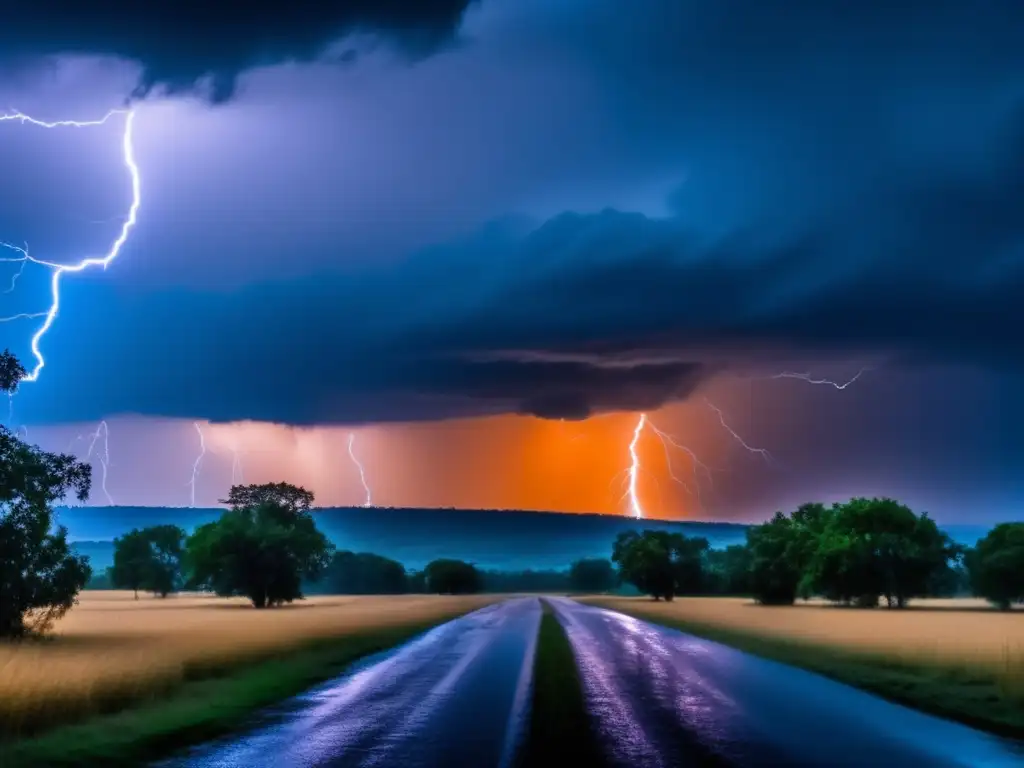
-
What is the most significant cause of flooding during hurricanes?
Heavy rainfall is one of the leading causes of flooding during hurricanes. When there is too much rain for the soil to absorb, water can quickly accumulate and flood roads, homes, and buildings.
-
Are areas with steep topography more vulnerable to landslides?
Yes, areas with steep mountains or hillsides are particularly vulnerable to landslides during heavy rainfall.
-
What can homeowners do to protect their property from heavy rainfall during a hurricane?
Homeowners can install flood barriers or sandbags, secure outdoor furniture and objects, and ensure that drains and gutters are clear of debris. In areas prone to landslides, homeowners can consider landscaping with plants and trees that help stabilize the soil or building retaining walls on steep slopes.
-
How can communities help mitigate the impact of hurricanes?
Communities can help mitigate the impact of hurricanes by reducing greenhouse gas emissions through using public transportation, supporting renewable energy, and reducing waste.
-
What is the Coriolis effect?
The Coriolis effect is a phenomenon caused by the earth's rotation that influences the path of hurricanes and rainfall patterns by creating a spin in a counterclockwise direction in the Northern Hemisphere and clockwise in the Southern Hemisphere.
Conclusion
Heavy rainfall patterns during hurricanes can have a significant impact on communities, leading to flooding, landslides, and economic losses. However, being prepared and taking preventative measures can help mitigate the damage caused by these storms. By staying informed, protecting your property, and contributing to climate change mitigation efforts, we can all help minimize the impact of hurricanes on our communities.
Additional Resources
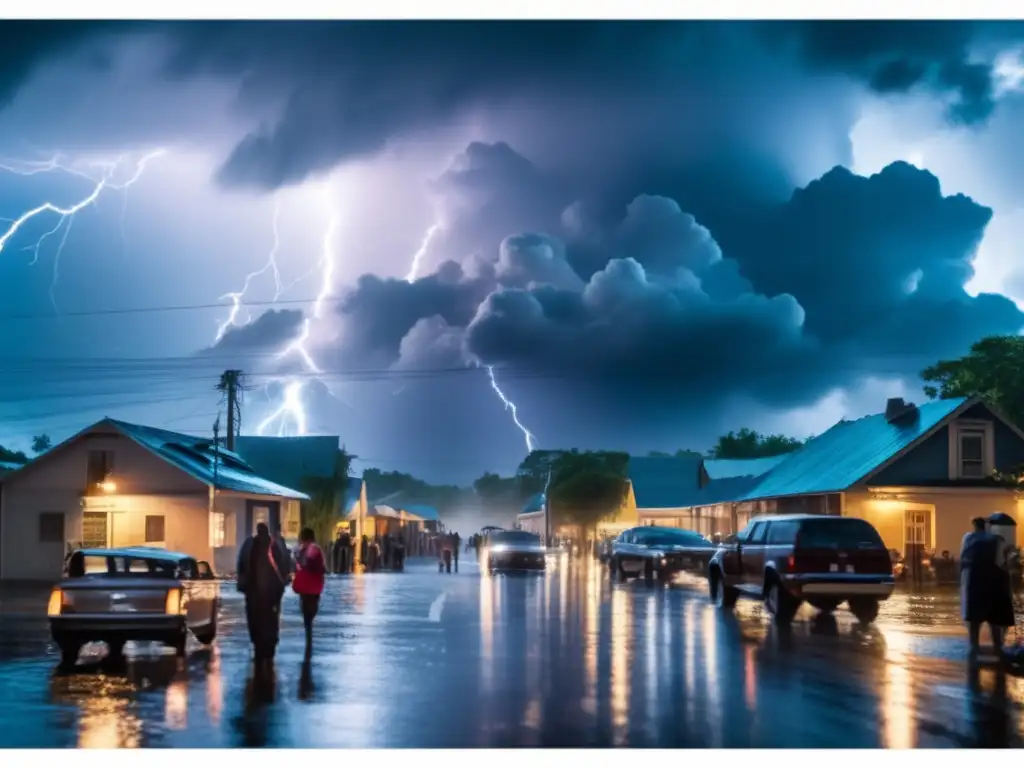
For additional resources, we recommend checking out the National Hurricane Center's website at nhc.noaa.gov or FEMA's guide on hurricane preparedness at ready.gov/hurricanes.
 Navigating Hurricane Terminology: A Glossary
Navigating Hurricane Terminology: A Glossary The Long-term Environmental Effects Of Hurricanes
The Long-term Environmental Effects Of Hurricanes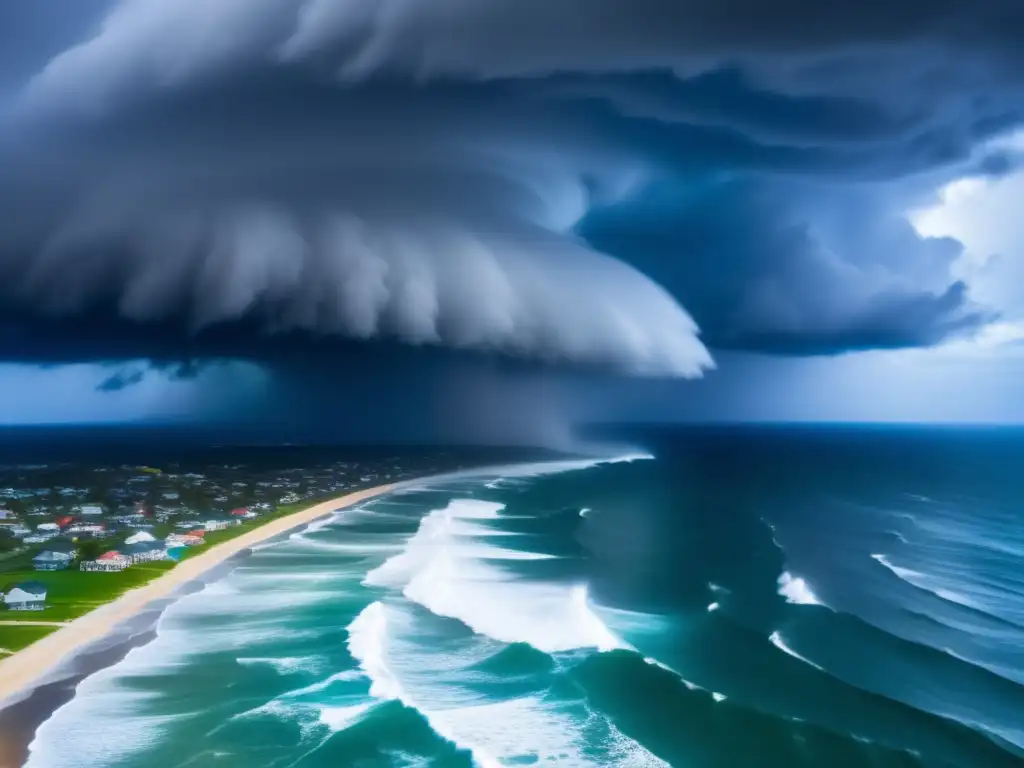 Hurricanes In Pop Culture: Movies And Documentaries
Hurricanes In Pop Culture: Movies And DocumentariesIf you want to discover more articles similar to Rainfall Patterns During Hurricanes, you can visit the Basic knowledge about hurricanes: category.
Leave a Reply

Articulos relacionados: